In a groundbreaking development for sustainable agriculture, Canada has emerged as a leader in vertical farming, with recent studies showing that the cost of producing lettuce in these high-tech indoor facilities is now 20% lower than traditional farming methods. This shift marks a significant milestone in the quest for more efficient and environmentally friendly food production systems.
The concept of vertical farming, once considered a futuristic ideal, has rapidly gained traction in Canada due to advancements in technology and growing concerns over climate change. By stacking crops in vertically inclined layers within controlled environments, these farms maximize space utilization while minimizing resource consumption. The result is a system that not only reduces costs but also addresses critical issues such as water scarcity and land degradation.
What sets Canadian vertical farms apart is their innovative approach to energy efficiency. Many facilities have adopted renewable energy sources, such as solar and wind power, to offset the high electricity demands of artificial lighting and climate control systems. Additionally, the integration of advanced LED lighting tailored to specific plant growth spectra has dramatically reduced energy consumption while boosting yields. These technological leaps have played a pivotal role in driving down production costs below those of conventional agriculture.
The economic implications of this cost reduction are profound. With lettuce being one of the most commonly consumed leafy greens, the 20% price advantage positions vertically farmed produce to potentially dominate supermarket shelves. Retailers are taking notice, with several major Canadian grocery chains already committing to sourcing a significant portion of their leafy greens from vertical farms. This shift in supply chains could reshape the agricultural landscape, particularly in urban areas where vertical farms can be established closer to consumers.
Beyond economic factors, the environmental benefits of vertical farming are equally compelling. Traditional lettuce farming requires vast amounts of water and is vulnerable to weather extremes, pests, and seasonal limitations. In contrast, vertical farms use up to 95% less water through recirculating hydroponic systems and are immune to external climate conditions. The elimination of pesticides and herbicides further enhances the sustainability profile of these operations, appealing to environmentally conscious consumers.
The success of Canadian vertical farms hasn't gone unnoticed internationally. Agricultural experts from around the world are studying the Canadian model, particularly how it has achieved cost competitiveness so rapidly. Key to this achievement has been the collaboration between private enterprises, academic institutions, and government agencies. Research partnerships have continuously refined growing techniques, while strategic government incentives have helped scale operations to achieve economies of scale.
Labor dynamics in vertical farming present an interesting contrast to traditional agriculture. While the sector requires fewer seasonal workers, it creates demand for skilled technicians capable of managing sophisticated agricultural technology. This shift in labor requirements aligns with broader trends toward high-tech employment opportunities in the agricultural sector. Training programs are emerging across Canada to develop this new workforce, further solidifying the country's position as a hub for agricultural innovation.
The consumer response to vertically farmed lettuce has been overwhelmingly positive, with many reporting superior taste and texture compared to traditionally grown varieties. The consistent quality and longer shelf life resulting from controlled growing conditions and reduced transportation distances have made these products particularly attractive to both retailers and consumers. This market acceptance has been crucial in driving the expansion of vertical farming operations across multiple Canadian provinces.
Looking ahead, industry analysts predict that the cost advantage of vertical farming will extend beyond lettuce to other crops as technology continues to advance. The Canadian success story serves as a blueprint for how innovation can transform food systems to meet the challenges of the 21st century. As urban populations grow and climate pressures intensify, vertical farming offers a viable solution that aligns economic and environmental objectives, potentially revolutionizing how we grow and consume food in the decades to come.

By Amanda Phillips/Apr 10, 2025

By Rebecca Stewart/Apr 10, 2025
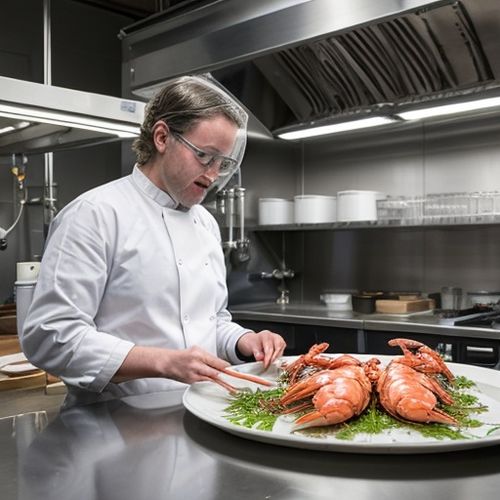
By Emma Thompson/Apr 10, 2025

By James Moore/Apr 10, 2025

By Samuel Cooper/Apr 10, 2025

By Elizabeth Taylor/Apr 10, 2025

By Rebecca Stewart/Apr 10, 2025
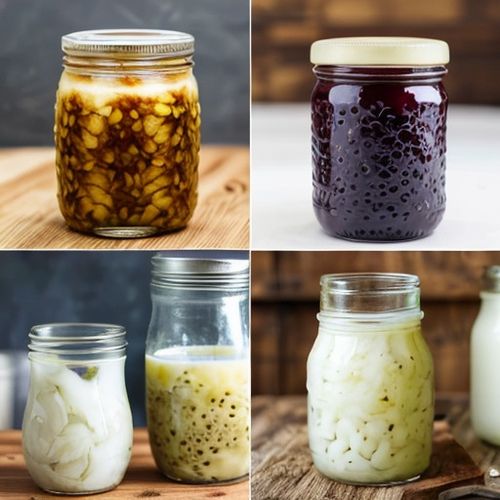
By John Smith/Apr 10, 2025

By Michael Brown/Apr 10, 2025
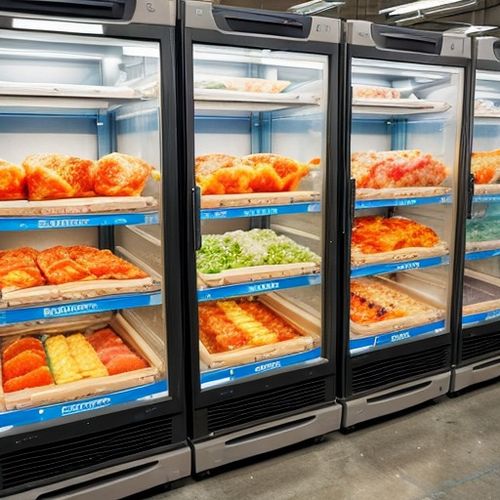
By Emma Thompson/Apr 10, 2025
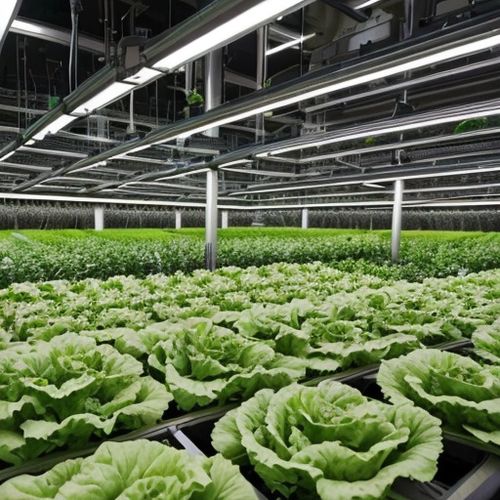
By Elizabeth Taylor/Apr 9, 2025

By Christopher Harris/Apr 9, 2025

By David Anderson/Apr 9, 2025

By Joshua Howard/Apr 9, 2025

By Emily Johnson/Apr 9, 2025
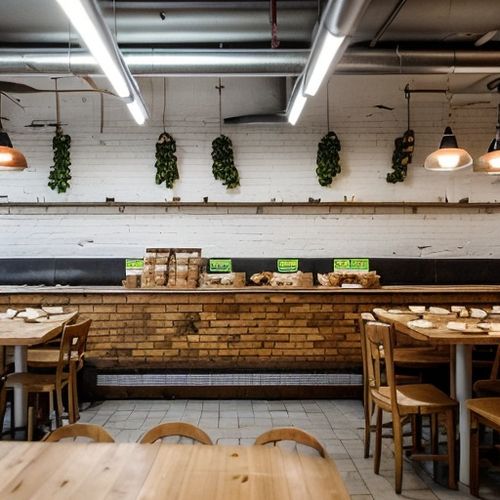
By John Smith/Apr 9, 2025

By Lily Simpson/Apr 9, 2025

By Lily Simpson/Apr 9, 2025